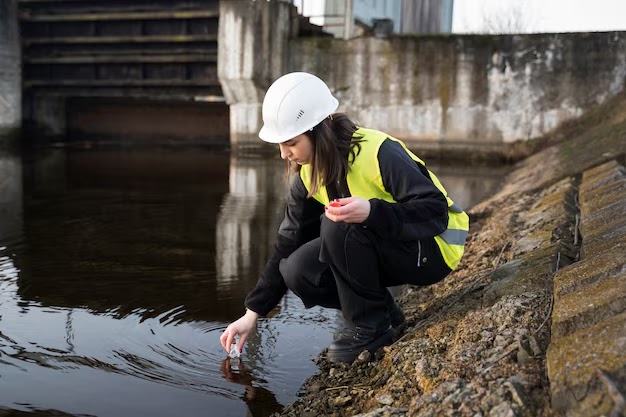The Importance of Waste Water Testing: Protecting Public Health and the Environment
Waste water testing plays a critical role in maintaining the health of our environment and communities. As global populations grow and industries expand, monitoring the quality of waste water has become essential to ensure the safety of water resources and public health. This blog delves into the significance, methods, and applications of waste water testing.
What is Waste Water Testing?
Waste water testing involves analyzing water that has been used in households, industries, or agriculture to identify contaminants, pollutants, and pathogens. These tests help determine whether the waste water meets regulatory standards for safe discharge or reuse. Contaminants often found in waste water include chemicals, heavy metals, nutrients, pathogens, and microplastics.
Why is Waste Water Testing Important?
Protecting Public Health: Waste water can carry harmful bacteria, viruses, and other pathogens. Testing ensures that treated water is safe for human contact or consumption.
Environmental Protection: Untreated or poorly treated waste water can harm ecosystems by introducing toxic substances, depleting oxygen levels, and disrupting aquatic life.
Regulatory Compliance: Governments and environmental agencies set strict regulations for waste water discharge. Testing ensures compliance, avoiding legal penalties and environmental harm.
Recycling and Reuse: Waste water testing enables safe recycling of water for agricultural irrigation, industrial processes, and even potable use in some cases.
Pandemic Monitoring: Recent advancements have shown that waste water testing can be used to monitor public health trends, such as detecting viral outbreaks like COVID-19.
Methods of Waste Water Testing
Several methods are employed to analyze waste water for different parameters:
Chemical Testing: Measures levels of pH, dissolved oxygen, heavy metals, nitrates, and phosphates.
Biological Testing: Identifies bacteria, viruses, and other microorganisms in the water.
Physical Testing: Examines turbidity, color, temperature, and suspended solids.
Advanced Molecular Testing: Uses technologies like PCR to detect specific genetic material from pathogens.
Applications of Waste Water Testing
Municipal Waste Water Treatment: Testing ensures that water treated in municipal facilities meets safety standards before discharge or reuse.
Industrial Waste Management: Industries must test their waste water to monitor and minimize the release of harmful chemicals into the environment.
Agricultural Runoff Analysis: Testing helps identify pollutants like fertilizers and pesticides in agricultural runoff, enabling better management practices.
Public Health Surveillance: Waste water testing can act as an early warning system for infectious disease outbreaks.
Challenges in Waste Water Testing
While waste water testing is vital, it does come with challenges, such as:
High costs of advanced testing equipment.
Managing large volumes of waste water for testing.
Rapidly identifying new and emerging contaminants like microplastics or pharmaceutical residues.
The Future of Waste Water Testing
Innovations in waste water testing are making the process faster, more accurate, and more cost-effective. Automated sensors and artificial intelligence are being integrated into monitoring systems to provide real-time data on water quality. Furthermore, advancements in molecular biology and genomics are enabling more precise detection of contaminants and pathogens.
Conclusion
Waste water testing is more than just a regulatory requirement; it is a cornerstone of sustainable water management and environmental protection. By ensuring the safety of treated waste water, we can protect public health, preserve ecosystems, and create a sustainable future. Whether for industries, municipalities, or research, investing in advanced waste water testing technologies is essential for addressing the growing challenges of water pollution.




Comments
Post a Comment